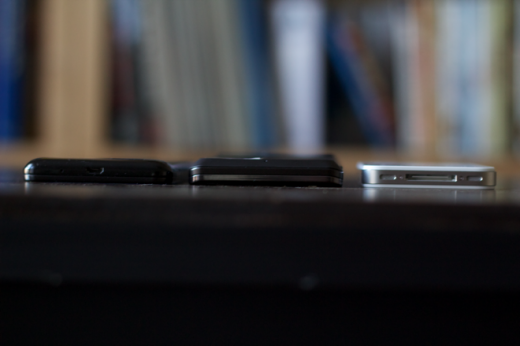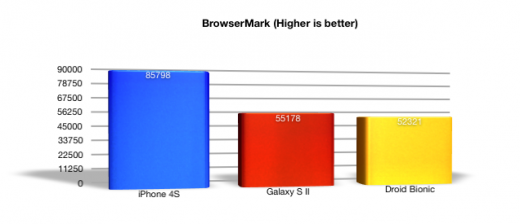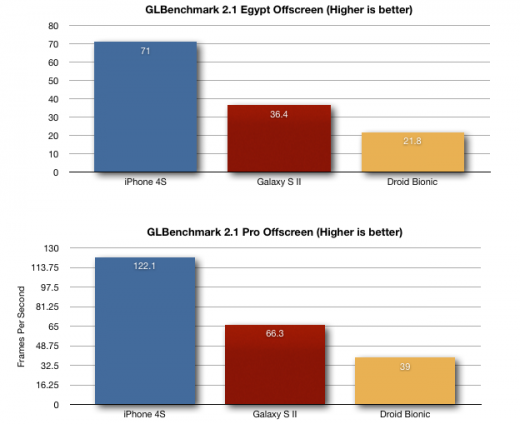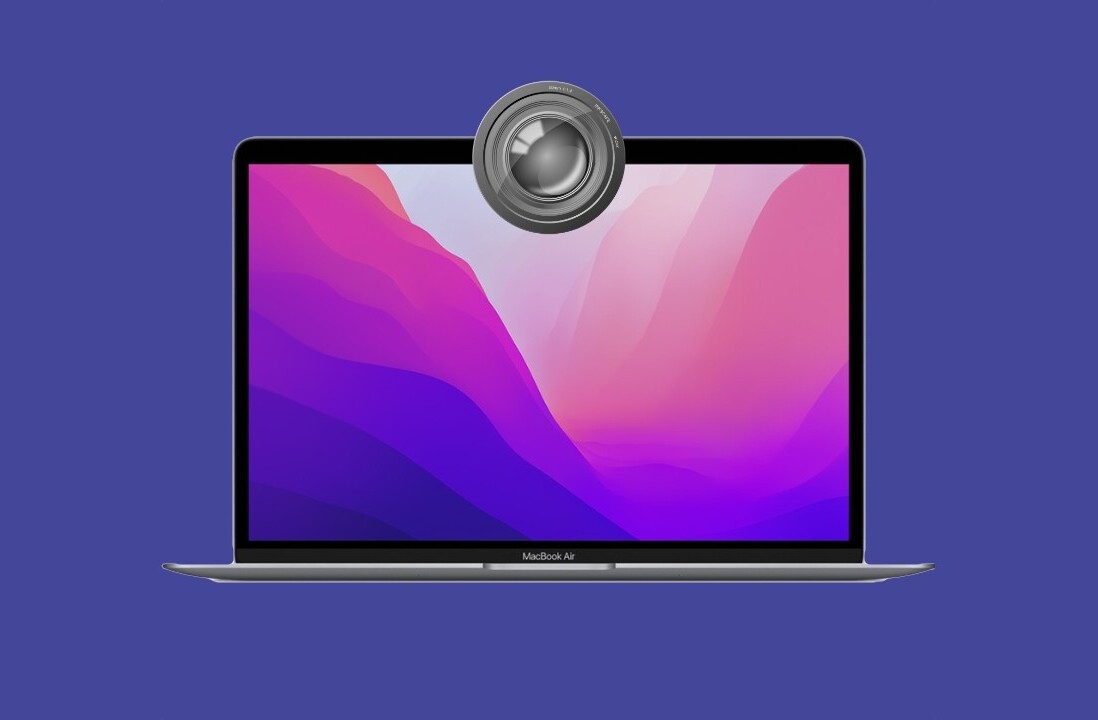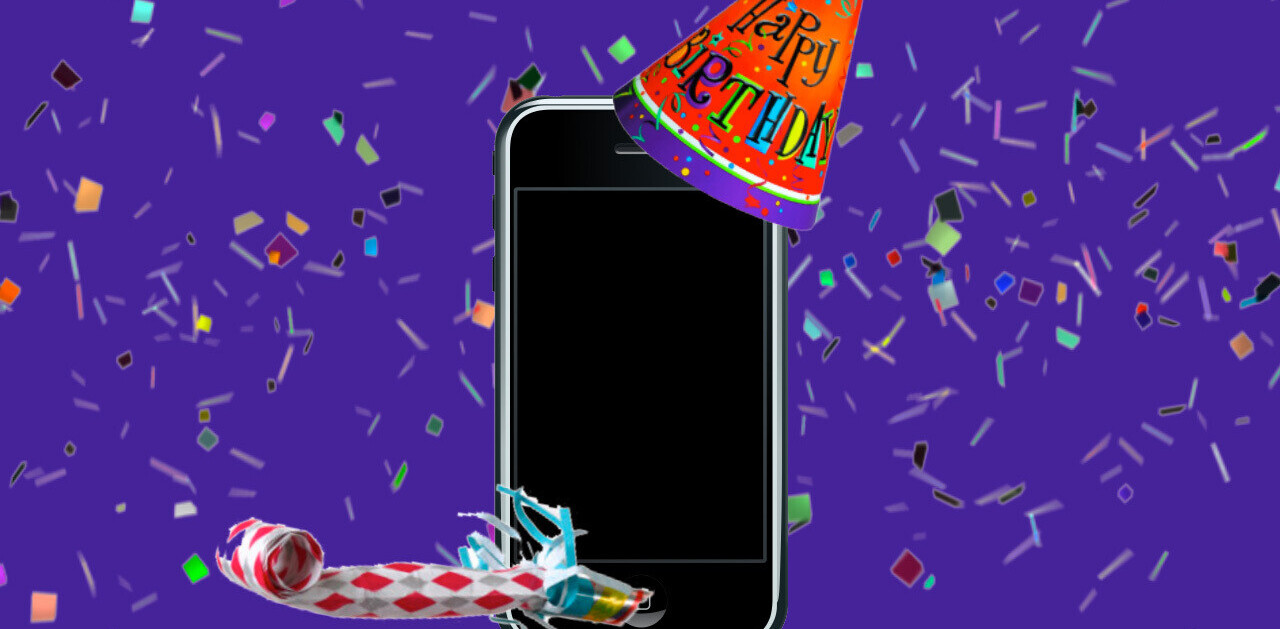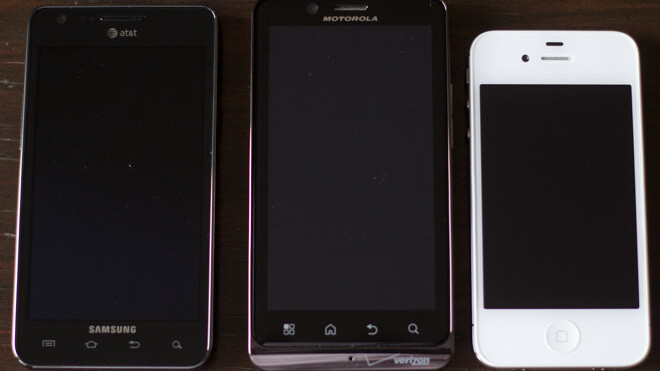
Comparing devices that rely on fundamentally different ecosystems isn’t always productive. For the user that is entrenched in the iOS system, with hundreds of apps to their name, there is little chance that they are going to be switching over to an Android device any time soon. And for those that have all of their data wrapped up in Google’s services, extracting it and switching may feel like it just isn’t worth it.
But there are many out there that are still on the outside looking in. Recent numbers put the worldwide market for smartphones somewhere at 75% so there are some who might benefit from a head-to-head-to-head of the flagship devices available in the Android and iOS ecosystem.
We’ve done a series of comparisons that pit the iPhone 4S, the Samsung Galaxy S II and the Motorola Droid Bionic against one another in the ways that matter to consumers at the ‘daily use’ level. There are plenty of sites out there that have or will be doing benchmarks of the CPU and other tests, but we’ve limited ourselves to looking at these three very capable devices from the angle of a consumer trying to decide which one to purchase.
Build and feel
First of all, we can take a glance at them side-by-side. The biggest differences in the overall devices is the screen size. The iPhone is a much smaller, but more accessible 3.5″, while the Droid Bionic and Galaxy S II have much more expansive offerings at 4.3″. This makes both of these devices larger and a tad more difficult to use with one hand. If you balance them on your pinky to give yourself more thumb movement, it becomes easier.
I’ve found that when doing this, the iPhone’s angular edge ends up hurting the edge of my pinky after a while and I have to move back to a ‘palm’ hold.
Regardless of how you hold them though, the larger phones really make you want to use two hands whenever you can.
The iPhone’s screen is the sharpest due to it having the highest PPI of the bunch. This makes text more crisp and the lamination method used to create the screen gives it the feeling of it being printed on the underside of the glass, really stunning.
The Galaxy S II comes in a close second with a lower PPI but very bright and very rich color due to the Super AMOLED technology used. The Droid Bionic is a distant third, with a much lower viewing angle and a visible grid pattern that has to do with the PenTile technology used.
Out of the three, the iPhone 4S has the worst reputation for durability as both sides are glass, but in the end if you drop any of these devices you’re asking for trouble. The Galaxy S II feels especially cheap though due to its largely plastic construction and thin battery backing piece. The Droid Bionic is thicker and more angular, especially at the top, but the soft-touch back is nice to the touch and it’s built like a tank.
The iPhone is the thinnest of the bunch (by a very slight margin when it comes to the Galaxy S II) and feels more like a fine watch or piece of jewelry, very high quality craftsmanship across the board.
Any one of these phones is going to last you easily as long as you’re likely to have a single generation of smartphone (2-3 years) and so none holds a distinct advantage if you’re looking at it simply practically. As far as the way it feels in the hand, the Bionic is very solid and has a well made vibe to it, but the iPhone 4S, with its all-glass-and-metal construction is a cut above.
As long as you don’t mind the harder edges of the iPhone in your hand it’s a good bet for construction.
Browser and Graphics Performance
With the release of the iPhone 4S, we’ve finally gotten to see what Apple’s version of a phone running the beefy A5 processor of the iPad 2 performs like. There will be a lot of comparisons made there to the other devices on the market but the most important ones for most people will be the browser and graphics performance numbers.
Most people play games and browse the web extensively on smartphones, regardless of what we may want to say that we do with them. Browser performance is therefore a great way to gauge how ‘fast’ a phone will feel when you’re using it.
The iPhone 4S performs insanely well in browser tests, showing off the capabilities of the A5 and its heavily improved Webkit rendering engine. Web apps and browsing are buttery smooth on the latest incarnation of the iPhone and the other two devices just can’t keep up. Out of the other two devices the Galaxy S II had the best feel in the ‘real world’ with smoother zooming and faster page load times in our tests.
After using the web, playing games is another primary use of smartphones, which makes graphics benchmarks good to look at. Here there is absolutely no comparison as the iPhone 4S’s SGX543MP2 chip and its A5 processor really blow the competition away.
This newer generation graphics processor kills devices like the Bionic running the older SGX 540 GPU and even the Galaxy S II which has Arm’s Mali-400 complimenting its powerful Exynos processor.
These measure the device’s ability to maintain a solid 30+ fps on games. The eye can only perceive roughly 30 fps but you need a lot of overhead when it comes to complicated 3D games as when the action gets hot and heavy, FPS will dip and if you’re already close to or below 30 then you’re in trouble. The iPhone 4S never turned out less than double that when testing.
Next generation 3D games, especially when used with AirPlay to output them to a larger screen, should look and perform best on the iPhone 4S, especially as developers optimize their games for the platform, as we have seen Epic do with previous releases and will be doing with Infinity Blade 2.
The Galaxy S II is a decent gaming platform too, but the dearth of games on the Android platform means that it isn’t really being presented with anything that will push its boundaries much.
Camera
The third major thing that most of us do with our phones these days is to take pictures. All three of these devices have 8MP cameras and have 1080P video recording capability, but it is important to evaluate them based on actual real-world performance, not just specs.
To this end, we’ve shot a series of images in bright light, indirect light, low light and open shade. No flash images as they all pretty much stink anyway. Each image is displayed in the slideshow below and labeled on Flickr. You can click through to see the labels and the high-resolution versions of the files direct from the devices but the show below follows this order all the way through:
- iPhone 4S
- Galaxy S II
- Droid Bionic
These images show off the fact that the iPhone 4S’s camera is one of the best of any smartphone. Little to no chromatic aberration in high contrast subjects with no visible purple fringing for the most part and very little comatic issues at the edges of the lens, where you will typically see distortion. The image processor of the iPhone also shows a much lighter hand when it comes to over-saturation, a common issue with the Galaxy S II. The flowers are a good example of this.
The Bionic’s image quality is dismal by comparison and frankly embarrassing to see up against the other two. You may notice that those images were shot at 6MP at the screen’s cropping ratio. This was an error on my part but at this point the extra megapixels aren’t going to help the Bionic.
Moving subjects are the absolute worst thing for smartphone video. The aperture of the lens will govern how much light you have available and the data processing of the device gets taxed as every pixel of the image being captured is changing at a faster rate than average. The bit-rate of video often drops with agitated water and grass and any other subject with a lot of motion, causing a ’tiling’ effect.
The following video is a sample of agitated water and a subject that contains a lot of highlights, shadows and a change in distance of focus, which should tax any video device.
Both the iPhone and Galaxy S II put out some decent video, but once again the Bionic is almost embarrassing in its lack of saturation and poor autofocus. You can see the flutter throughout the video as it struggles to acquire.
The iPhone is warmer and more saturated and tends to break up less when it’s faced with quick motion. The video quality, especially now that it records at a full 1080P resolution, combined with the stellar still images, makes the iPhone 4S the best choice for anyone who uses their camera extensively as a phone.
Data Speeds
This will be a short section as the iPhone 4 and Galaxy S II both have access to the standard 3G network of most carriers although the Galaxy does get to use Sprint’s WiMAX networks where available. This means that they largely trade-off with each other at the 3Mbps level for most people although in larger cities with HSPA+ networks you have a (theoretical) maximum of 14.4Mbps for the iPhone and 21Mbps for the Galaxy S II. But in real world testing, you’re likely to get closer to 2-3Mbps on either of these devices.
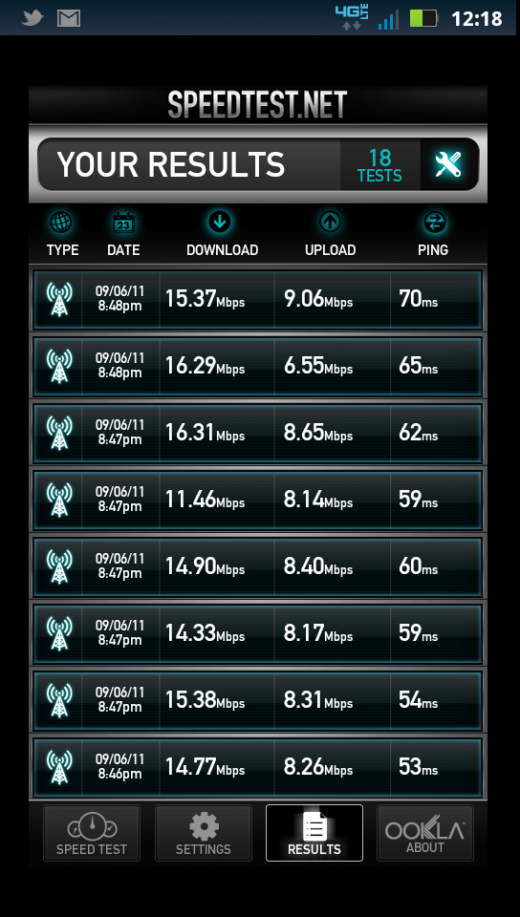
Both of those are dwarfed by the ludicrous speeds achievable on the Droid Bionic on Verizon’s LTE network. In my testing I routinely hit 14-15Mbps and had highs of 16+.
The Bionic is easily the fastest of these devices when it comes to pure network speed although that doesn’t always translate to browser speed as we saw in the benchmarks above. If you’re using it to tether though, it could be a good point to think about as it will provide your laptop or other device with a fatter pipe.
Conclusion
If you’ve skipped to the end and are looking for a ‘buy this one, don’t buy that one’ list then you’ll be disappointed here. In the end there are more factors that should be involved in your decision to purchase a phone than just whether it is good or bad according to us or any other site, but hopefully our rundown will help you to make that decision for yourself.
The Galaxy S and iPhone hold up well against one another as good examples of the top of the line (at the moment) in iOS and Android devices. The Bionic is indisputably faster over the network and thus can operate as one of the zippiest hotspot devices, and it is built well. But it falls short when it comes to screen quality and especially camera quality.
If you’re interested in the best overall device as determined by benchmarks, the iPhone 4S knocks it out of the park in almost every category. If you need the fastest internet and want a reliable phone but don’t take too many pictures or play a lot of games, then the Droid Bionic is probably worth a look. The poor browser performance of the Bionic definitely hurts it as a standalone browsing device though.
The Galaxy S II gives you one of the best Android experiences available and it is available on most major carriers in Europe and the US, making it a good recommendation if you can’t stand the sight of iOS.
Hopefully this comparison of these three devices will aid you in deciding between them should you be in the market. If you have any questions or comments, please don’t hesitate to leave them below.
Catch all the latest mobile news every day at TNW Mobile.
Get the TNW newsletter
Get the most important tech news in your inbox each week.



